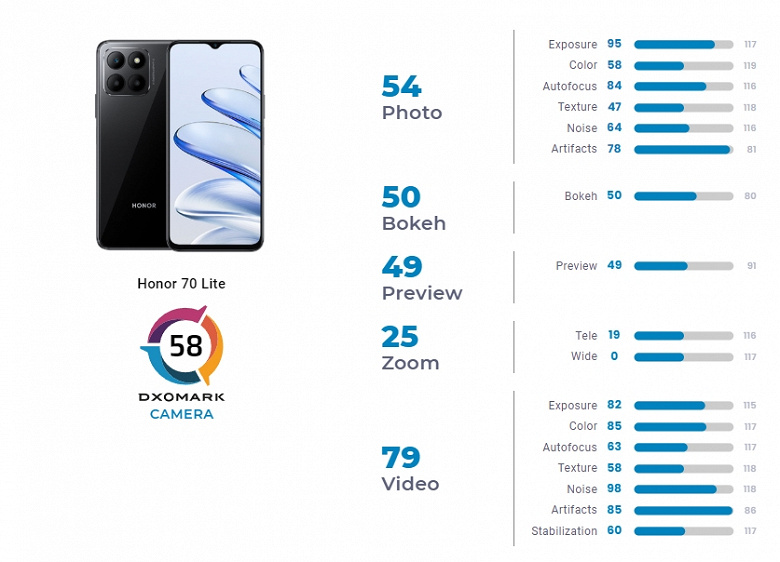Hydrogel, a new development of scientists, is able to cool heated electronics, such as a smartphone’s battery, and convert the generated heat to electricity.
Using the gadgets for too long can cause them to overheat, which can lead to slower operation, damage to components and can lead to the explosion or fire of devices.
Recently, engineers from China and the United States created a cooling hydrogel material that converts excess heat from various electronic devices into electricity. This thin hydrogel film, consisting of a certain type of polymer and water, which removes heat from the batteries of smartphones, computers and tablets so that they do not overheat. The development was published in Nano Letters.
Smart hydrogel to cool smartphones converts heat to electricityScientists have found a way to simultaneously cool gadgets and convert heat to energy – before, it turned out only one thing
The researchers tested the hydrogel on the smartphone’s battery during quick discharge and not only lowered the temperature of the device to 20 ° C, but also converted some of the waste heat into electricity, which can later be used to operate the smartphone.
Smart hydrogel to cool smartphones converts heat to electricity
According to Chinese experts, lower operating temperatures actually lead to the safe operation of the battery itself, and collected electricity may be enough to monitor the battery or even to control the cooling system.

In addition, the smart hydrogel will be the first substance that can both cool devices and converts waste heat into electricity. Until that time, researchers were able to create materials that do one thing – either absorb some of the heat without actually cooling the device, or they cool but do not generate energy.
The thermogalvanic hydrogel, which was placed on the battery inside the smartphone, changes its structure depending on the temperature. It consists of a polyacrylamide skeleton (an organic polymer used as a suspending agent, a lubricant, and even as an oil displacing agent), which is then filled with water and ions.
As soon as the hydrogel patch heats up, two of its ions (ferricyanide and ferrocyanide) begin to transfer electrons between the electrodes, which leads to the generation of electricity. And a certain amount of water inside the hydrogel evaporates, which leads to a cooling effect.
The hydrogel (beige strip) is attached to the battery of the deviceThe hydrogel (beige strip) is attached to the battery of the device. When the hydrogel patch heats up, the ions in the gel transfer electrons between the electrodes, generating electricity. Image: Nano Letters
It is noteworthy that after use, the smart hydrogel regenerates itself, absorbing water from the surrounding air. The water contained in the hydrogel can self-adaptively leave it, and also re-enter through a certain evaporation and absorption cycle, the so-called “thermodynamic” cycle.
The heat generated by batteries, lamps, and processors can reduce the efficiency, reliability, and even the life of the devices. Using a new smart and environmentally friendly hydrogel can really save users from having to buy new gadgets more often.








